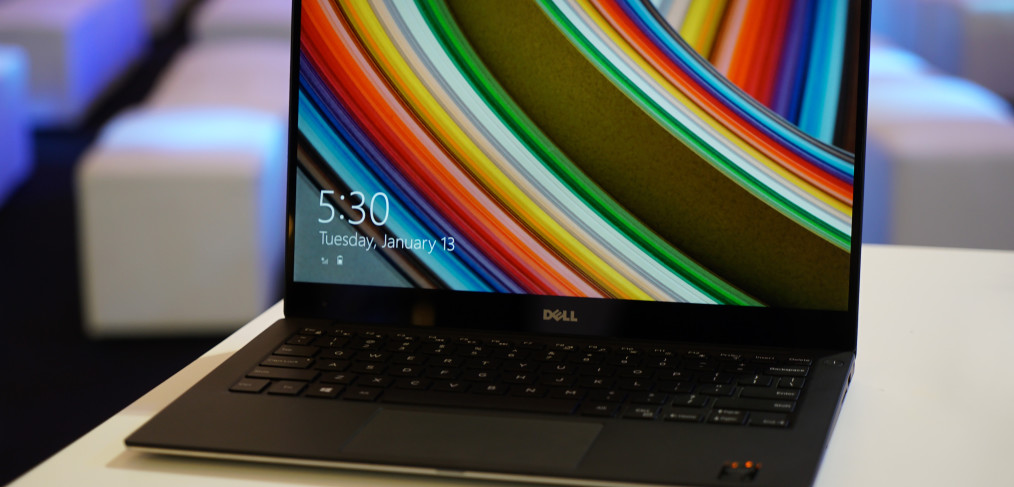
Is the PC dead?
While all signs point to the rise of mobile devices like smartphones and tablets, American technology company Dell is casting its bets on what it calls, “the resurgence of the PC”.
It’s an interesting proposition, particularly considering Microsoft – maker of the Windows operating system has been pushing its tablet based computer, the Surface Pro 3, as an alternative to the standard laptop.
Windows too has gone through several major updates, the most significant, optimizing the OS for devices with touch screens. When Microsoft introduced Windows 8 in 2012 it dumped the familiar Start Menu for the Start Screen with window panes you could swipe through and tiles that launched with a single tap – pretty much like how today’s smartphones work.
These shifts were made in response to the decline of the personal computer. Since 2011, PC global sales have dropped significantly. By the end of 2013, the global PC sales decline had hit 10%, research group Gartner called it the PC’s biggest sales decline in history.
To a certain extent, it’s a point of view shared by Apple. Despite the popularity of it’s mobile operating system iOS which runs on iPad and iPhones, Apple’s lineup of desktop and notebook computers run on a completely different operating system – MacOS. And for the foreseeable future it’s going to stay that way. Apple SVP Phil Schiller once called efforts towards a potential merge, “a waste of energy.”
Last year’s figures were a bit more optimistic, but still facing south. Figures from IDC and Gartner representing the 3rd quarter of 2014 showed a manageable 1.7% decline in PC sales. Mac sales however for the same period were at an all time high, up 21%.
Which raises several important questions. Is computing as we know it changing? Will tablets soon replace desktop and notebook computers? How is Apple able to thrive despite the shrinking PC market? Do you really need a laptop if you already own a tablet? Couldn’t you for example, just buy one tablet to watch movies or play games on at home, and to take notes at a work meeting?
For many folks this is a reality, and it’s this Bring Your Own Device (BYOD) to work trend that is disrupting the PC landscape. Dell’s recent Global Evolving Workforce Study that looked into the needs and wants of workers in 12 developed and emerging countries reveals that half of the global workforce uses a personal computing device for work purposes.
This same global workforce spends an average of 2 hours per week working outside of the office, with more than half believing that working from home is as, if not more productive than working at the office.
For the PC industry, long focused on its enterprise customers and known for churning out black workhorse slates, it requires a complete change of mindset. Business customers and everyday consumers are in many respects the same customer. With the exception of those with specialized computing needs, for most consumers these days, buying a computer involves taking into consideration work and play.
It’s a formula Apple has nailed down, the Mac is envied not just because of its meticulous craftsmanship and iconic industrial design, but also because it is sold primarily as an entertainment and productivity device. The Mac, available in both desktop and notebook form factors are still computers that consumers want to own.
That same philosophy guides this new optimism-filled effort by the market’s top PC manufacturers. At the 2015 Consumer Electronics Show, Dell unveiled an impressive new UltraBook the XPS13 that has a 4K display, an ultra slim bezel, 12 hour battery life, and the option to purchase a Dell power bank that gives the laptop an additional 6 hours of power. Focusing on features that will appeal to a broad consumer base is one part of the solution.
For its part Microsoft is also beefing up its operating system. This week it previewed it’s next OS, Windows 10 that brings back the best of old-Windows, introduces innovations found on Windows Phone like virtual assistant Cortana (Microsoft’s version of Siri on the iPhone), but with a user experience that is less confused and feels primarily PC focused. Windows 10 also introduces a new feature called Continuum that allows users to switch to tablet mode, the feature is optional, and not like the a default which was forced upon users in Windows 8.
A year ago I bought a foldable keyboard that I could use in tandem with my iPad. The idea was to ditch the laptop for meetings and just use my tablet. The excitement from that idea eventually wore off, I realized if I was to get any work done, it would be on my computer with all the files I need, the comfort of the built-in keyboard, and other installed “distractions”.
So the PC isn’t dead. And as much as tablets and smartphones rule. It looks like the personal computer isn’t going anywhere. The challenge now is creating a seamless transition between devices. So whether it’s writing a document or editing a photo one can start on a computer and continue exactly where they left off but on a different device.
“Is the PC dead?” was first published in The Philippine Star on January 26, 2015 as part of my regular Gadget Week column. The Philippine Star Technology Section is printed every Monday, and is also available as a digital download from digitaledition.philstar.com.
